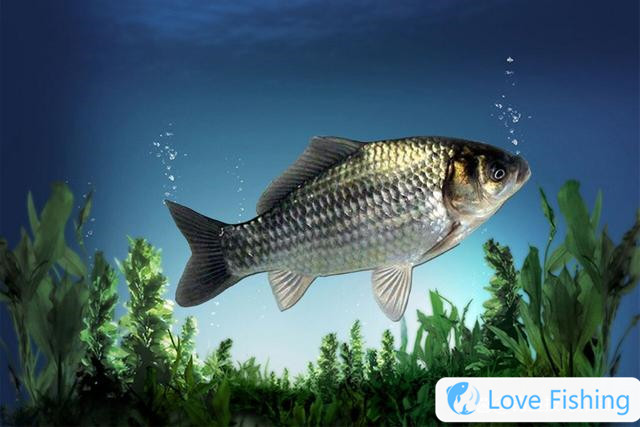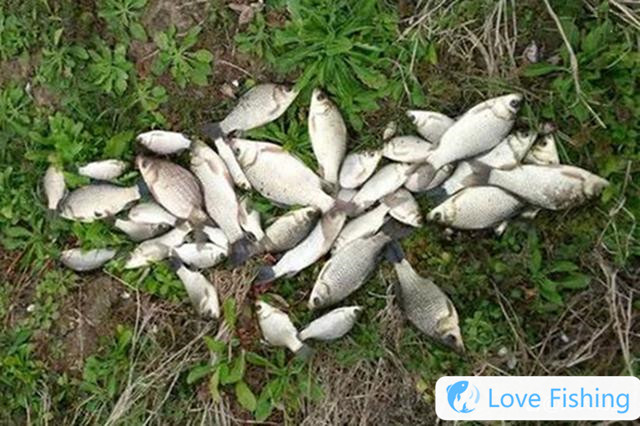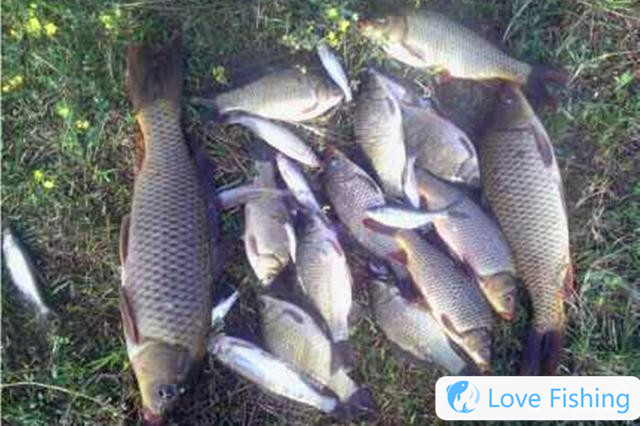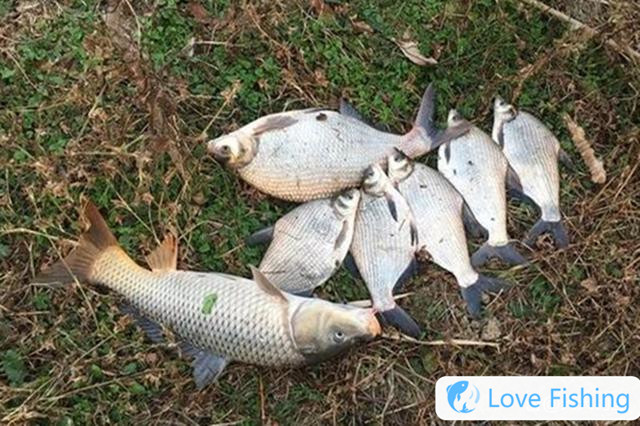How To Catch Slippery Carp? 5 Foraging Characteristics Of Sl
The golden scale is deep, and it must be hung even if it is a thousand feet tall. It swallows and vomits, but it is still suspicious, and it is too late to take the bait. Slippery carp is a word commonly used by black pit fishermen. It mainly refers to carp with high vigilance in black pits. This type of carp is generally fished, put back into the black pit twice or multiple times, or escaped without hooking, and becomes very timid and difficult to catch. In order to help fishing fishermen catch slid carp, let’s talk about the five foraging characteristics of slid carp.
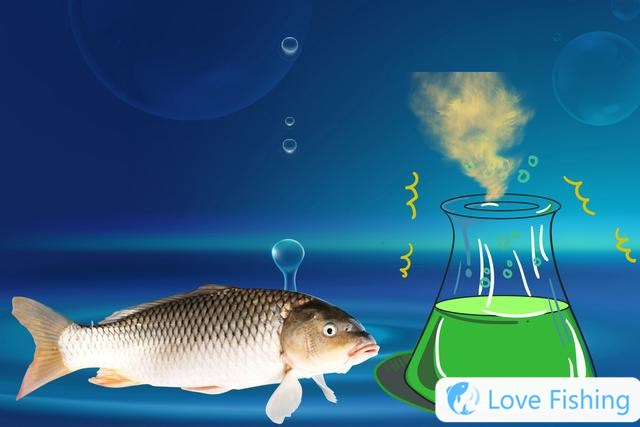
Five foraging features of slip-mouth carp 1. Sliding carp enters the nest slowly
Slippery carp is very alert to the nest. Unlike raw carp, after making the nest, you will be attracted by the nest material and then quickly enter the nest to grab food. Even if the carp finds the nest material, it will roam around the nest for a long time. The speed of entering the nest is very slow. If you slightly move, you will run away.
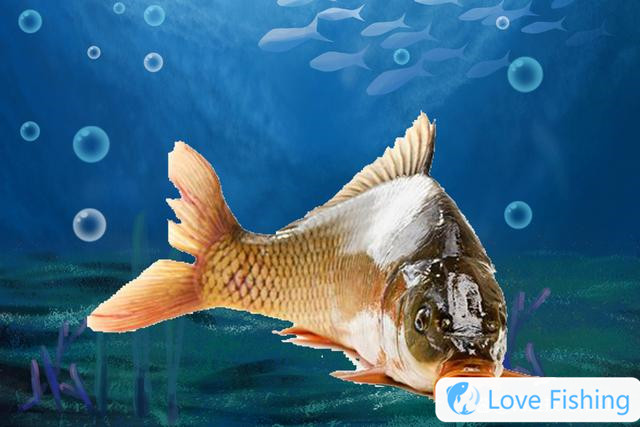
Five foraging characteristics of slip-mouth carp 2. Sliding carp is afraid of spoiling cannons
When fishing for raw carp, as long as the number of fish is released, you can scatter the cannon and tempt the fish. The speed of luring the fish is very fast. The higher the frequency, the more fish it will be lured. However, when fishing for slippery carp, a little bit of scattered cannons, and the frequency is slightly higher, it may lead to a dead nest. To what anglers often say, slippery carp is afraid of smoke. Therefore, when fishing for slip-mouthed carp, you must be careful when using a cannon and need a small amount and a low frequency.
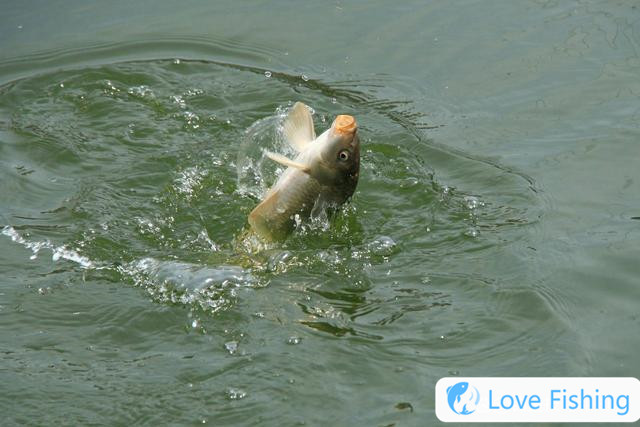
Five foraging characteristics of slip-mouth carp 3. Sliding carp is afraid of thick lines
Raw-mouthed carp is very cautious about the line group and fish hooks, but slip-mouthed carp is very afraid of fishing lines and fish hooks, especially thick lines, large hooks and large baits, and the hook biting rate will become very low. Therefore, when fishing for slip-mouth carp, you often need to use small hooks, thin lines and small baits.
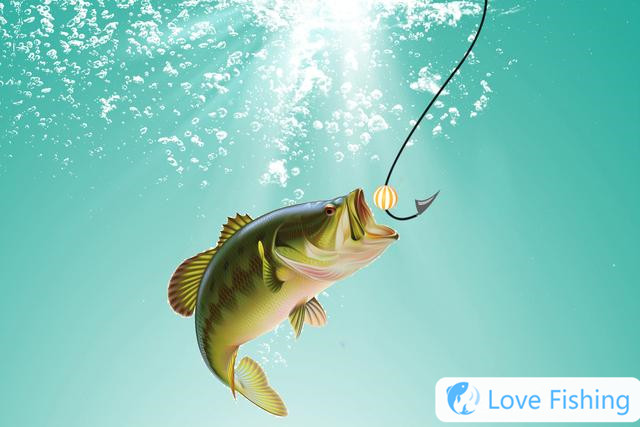
Five foraging features of slip-mouth carp 4. Slippery carp odor picking style
Carp has memories, especially the smell and taste of food, and the memory is often very deep. If you catch a certain type of bait with a slip-mouthed carp and encounter a type of bait with the same type of bait, you will become very sensitive and will not easily eat the bait. Therefore, when fishing for slip-mouthed carp, you often need to use some special-flavored bait. For example, add Pangu hammer medicine to the bait, Pangu hammer is a small medicine for the taste of slippery fish. After the fish is fished, the first requirement for survival is safety. The special smell of Pangu hammer can reduce the vigilance of the refried fish and have a strong attraction to the slip-mouthed carp, allowing them to gather together.
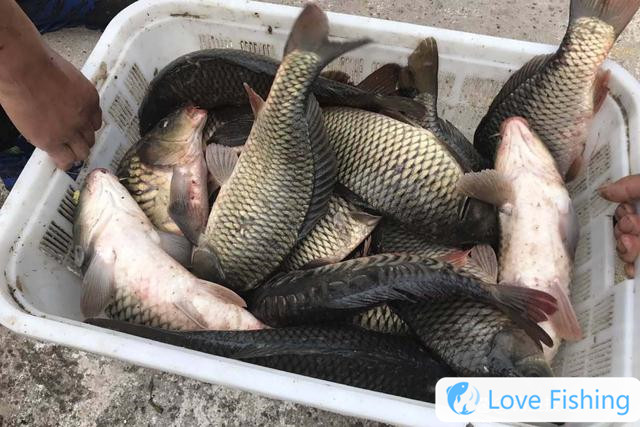
5 foraging features of slip-mouth carp 5. Sliding carp loves to spit hooks
After the raw carp bites the hook, it often does not spit the hook. If the rod is not lifted when the mouth is stopped, it is likely to float black, and the chance of eating dead mouth is very high. After the carp sucks the hook into its mouth, it often spits the hook quickly, and the rate of spitting the hook is very high. When fishing for slippery carp, if you want to strengthen the fish lure, promote food and retain fish effects of the bait, you can add odor spreading agents, pangu hammers, fish dopa and fish acetonin to the bait, which has a significant and stable effect.
Recommended Reading
About us| Privacy Policy| Contact Us
Copyright © 2023-2030 Copyright@Love Fishing
